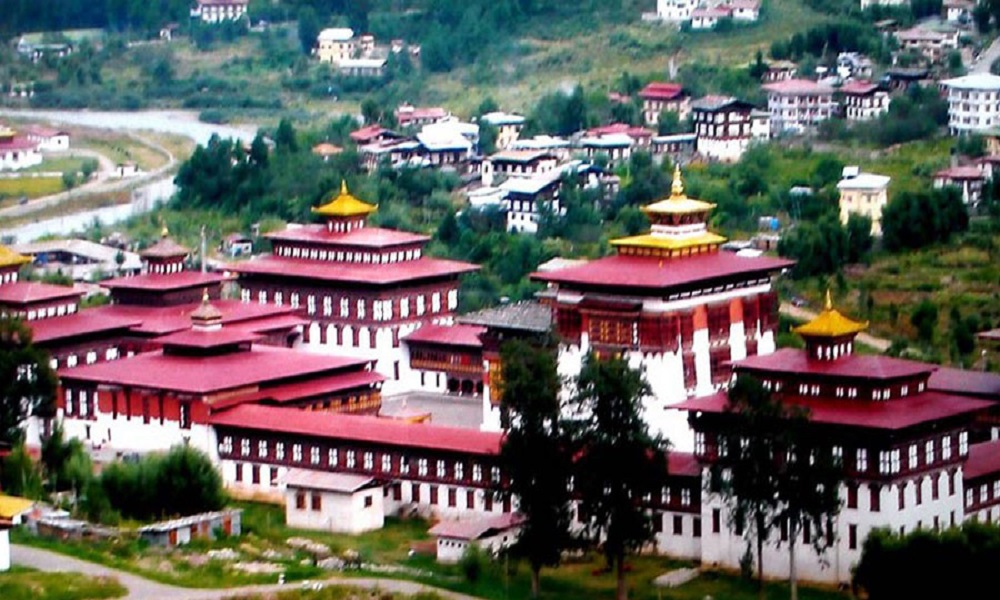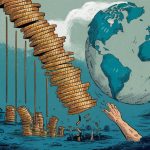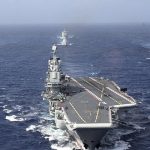
Central Bhutan experiences higher inflation
Last Updated on September 20, 2024 9:44 am
Bhutan’s central region is facing soaring prices as inflation continues to climb.
The National Statistics Bureau’s (NSB) latest figure shows the region experienced a month-on-month inflation rate of 2.27 percent in July, outpacing the national average.
Suppose the price of a packet of milk cost Nu 100 in June, the price of the same packet of milk saw an increase to Nu 102.2 in July.
The central region, comprising six dzongkhags—Bumthang, Dagana, Sarpang, Zhemgang, Trongsa, and Tsirang saw an increase in both food and non-food prices.
Food inflation rose by 3.28 percent, driven primarily by a 3.57 surge in the cost of food and non-alcoholic beverages.
Non-food prices climbed by 1.29 percent, up from -0.98 percent in the previous month. This was because of an increase in clothing and footwear by 3.3 percent, transport by 3 percent and recreation and culture by 0.81 percent. Restaurants and hotels index increased by 0.53 percent.
Western region’s month-on-month inflation rose to 1.42 percent in July. The region covers seven dzongkhags—Gasa, Punakha, Thimphu, Wangdue, Haa, Paro, Samtse, and Chukha.
Both food and non-food prices contributed to the overall increase with an increase by 1.42 percent. Non-food prices were up by 2.43 percentage points compared to the previous month.
Food prices were driven by a 1.5 percent increase in food and non-alcoholic beverages, and 0.43 percent in alcoholic beverages and betel nuts.
In the non-food category, the transport cost rose by 2.15 percent, clothing and footwear by 3.09 percent, and furnishing, household equipment and routine household maintenance by 2.30 percent.
In the eastern region, inflation rose to 1.32 percent, up from -0.01 percent in the previous month. Food prices surged by 1.51 percent, while non-food prices increased by 1.09 percent.
The higher inflation rate was primarily influenced by the food and non-alcoholic beverages index with a 1.63 percent increase.
Non-food inflation increased to 1.09 percent, up from -0.98 percent in the previous month.
In the non-food category, the main drivers were furnishing, household equipment and routine household maintenance which rose to 4.06 percent, transport index which rose to 1.85 percent, and restaurants and hotels index which rose to 0.61 percent.
The capital, Thimphu, experienced an inflation rate of 1.41 percent in July. Rise in food prices by 1.98 percent and 0.89 percent in non-food prices drove the inflation.
Nationally, the month-on-month inflation climbed to 1.51 percent in July, up by 1.84 percentage points compared to June.
It was mainly driven by furnishings, household equipment and routine household maintenance (2.38 percent), transport (2.32 percent), and food and non-alcoholic beverages (1.85 percent).
The overall year-on-year inflation saw an increase to 2.04 percent in July this year compared to the same month of the previous year. Food inflation increased to 2.27 percent and non-food to 1.72 percent.
The rising cost of living has eroded the purchasing power of the Ngultrum. As measured in the consumer price index, Nu 100 in July 2024 was equivalent to only Nu 56.5 in December 2012 prices.






